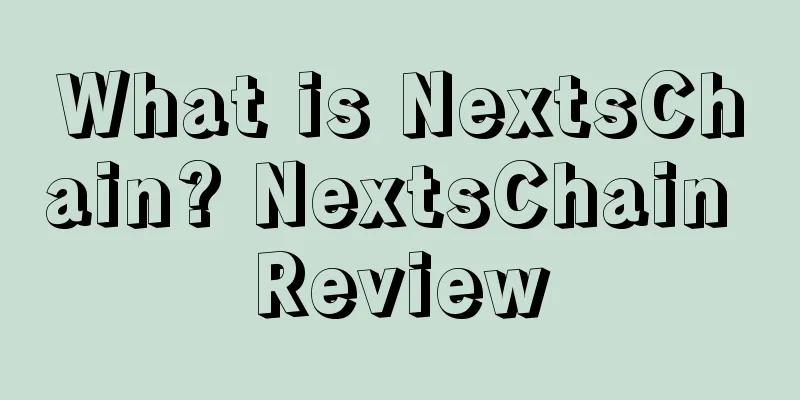Target focuses on logistics! A new round of internal competition in US e-commerce is coming

|
It is learned that amid high inflation and the gradual recovery of offline retail, sales in the US e-commerce market are slowing down. According to MarketplacePulse data, in the first quarter of this year, the US e-commerce market grew by only 6.7%. This is the slowest growth since 2009 (i.e. a few months after the 2008 financial crisis).
In short, it is an indisputable fact that the growth rate of the US e-commerce market has slowed down. At a time when consumption continues to be sluggish and inventories are piling up, how to boost consumer confidence and promote sales growth is one of the most concerned issues for US e-commerce giants.
Amazon occupies a large share of the US e-commerce market, but its share this year will drop to 37.8% from 38% in 2021. Other retailers are also continuing to focus on their e-commerce businesses to compete for e-commerce market share, with logistics being one of the important focus points.
Target is adding three new package sorting centers and plans to add more in the coming years to speed up its e-commerce deliveries and reduce its shipping costs, according to Bloomberg. Two of the new facilities are located in the Chicago area and the third is located near Denver.
These sorting centers further reduce retailers’ costs by accepting orders packed in local stores and sorting them for local delivery. Online orders shipped from offline stores can save about 40% on each package compared to shipping from large distribution centers.
By establishing a strong delivery network through offline stores, Target's retail e-commerce sales increased from US$6.79 billion in 2019 to US$19.73 billion last year. Target's retail e-commerce sales are expected to increase 11.9% to US$22.07 billion this year.
Target currently operates six sorting centers, with three new centers expected to open by the end of January.
Target is also working with Shipt to test high-capacity delivery vehicles in Minneapolis. These vehicles can hold up to eight times more packages per route, allowing for greater flexibility in delivery speeds and making room for growing order sizes.
In addition to implementing sorting centers that facilitate online deliveries, Target is also pushing online shoppers to pick up their orders at its stores through its DriveUp and in-store pickup options, which can save an estimated 90% on shipping costs.
However, Target isn't the only company looking to improve e-commerce fulfillment efficiency, profitability and delivery speed to better compete with Amazon.
Last month, Walmart announced plans to build four high-tech distribution centers that include an automated system that retrieves items from storage and brings them to a packing area where employees place them into customized boxes.
According to GroceryDive, Kroger is developing a hub-and-spoke delivery network for regions across the U.S.
Investment in logistics can create greater long-term value for e-commerce giants. The secret battle among major retailers in e-commerce delivery services can better reflect their internal strength. Whoever can do a good job in logistics supply chain will have the opportunity to occupy more market share.
Editor✎ Ashley/ Disclaimer: This article is copyrighted and may not be reproduced without permission. |
Recommend
Indonesian e-commerce market analysis report: 7 major platforms are exposed, consumer behavior and mainstream categories have changed
As the largest e-commerce market in Southeast Asia...
Amazon doesn't respond to your appeal? Check out this template~
Template of reminder letter when Amazon does not r...
Amazon launches a useful new feature! Conversion data at a glance
Amazon has launched new features in the brand anal...
What is Backsty? Backsty Review
Backsty APP is one of the tools commonly used by E...
Shopify Q3 revenue exceeded expectations! GMV increased 11% year-on-year to US$46.2 billion
<span data-docs-delta="[[20,"获悉,10月27日,加拿大...
"Translation software" is essential for cross-border e-commerce
1. Deepl Deepl uses Al's algorithm, and the tr...
What is Manual Targeting? Manual Targeting Review
Manual Targeting is Amazon’s manual advertising. I...
A complete guide to Amazon overseas marketing: Creating hot-selling products on Amazon
What I want to share with you today is -- A compl...
Germany's second-largest seller was also banned! The United States has just introduced the most stringent anti-counterfeiting measures for cross-border e-commerce
There is a saying circulating among cross-border s...
Amazon was found responsible for its products! A wave of strict insurance inspections is coming
Recently, foreign media broke the news that Amazon...
Amazon and TikTok are rumored to be joining forces, but don't be misled by the media
Normal, once there is data abnormality, such as s...
Barbie has made a lot of Amazon products popular, and sellers are relying on "riding on the popularity" to increase orders!
The movie "Barbie" has become a global h...
What is ThredUp? ThredUp Review
ThredUp is a second-hand clothing consignment webs...
Amazon 2023 Big Sale FAQs
2023 Big Sale FAQs...









